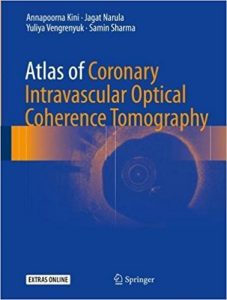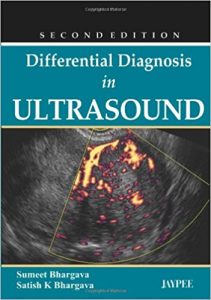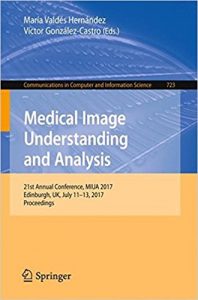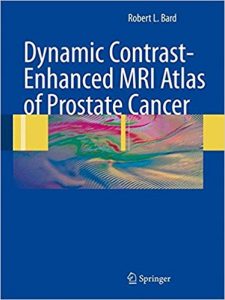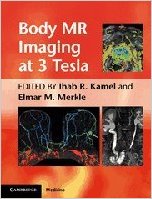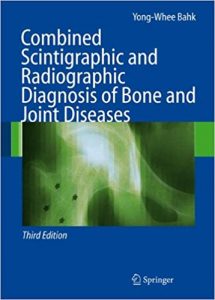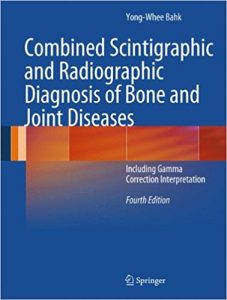Medical Imaging Technology (SpringerBriefs in Physics)
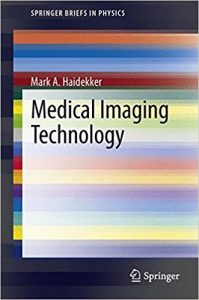
[amazon template=image&asin=1461470722]
“This book covers image formation and reconstruction processes in a quick and abbreviated way. … can be useful study material for medical physics residents in diagnostic imaging. … I highly recommend this book to individuals who are interested in understanding the medical imaging processes in a short time.” (Mohammad Bakhtiari, Doody’s Book Reviews, August, 2014)
“This book is ‘a presentation of core concepts that students must understand in order to make independent contributions’. The focus is on the principles of image formation for the main medical imaging modalities. … The volume is recommended to students and their teachers at both undergraduate and postgraduate levels.” (Elizabeth Berry, Scope, Vol. 22 (4), December, 2013)
From the Back Cover
Biomedical imaging is a relatively young discipline that started with Conrad Wilhelm Roentgen’s discovery of the x-ray in 1895. X-ray imaging was rapidly adopted in hospitals around the world. However, it was the advent of computerized data and image processing that made revolutionary new imaging modalities possible. Today, cross-sections and three-dimensional reconstructions of the organs inside the human body is possible with unprecedented speed, detail and quality.
This book provides an introduction into the principles of image formation of key medical imaging modalities: X-ray projection imaging, x-ray computed tomography, magnetic resonance imaging, ultrasound imaging, and radionuclide imaging. Recent developments in optical imaging are also covered. For each imaging modality, the introduction into the physical principles and sources of contrast is provided, followed by the methods of image formation, engineering aspects of the imaging devices, and a discussion of strengths and limitations of the modality.
With this book, the reader gains a broad foundation of understanding and knowledge how today’s medical imaging devices operate. In addition, the chapters in this book can serve as an entry point for the in-depth study of individual modalities by providing the essential basics of each modality in a comprehensive and easy-to-understand manner. As such, this book is equally attractive as a textbook for undergraduate or graduate biomedical imaging classes and as a reference and self-study guide for more specialized in-depth studies.

